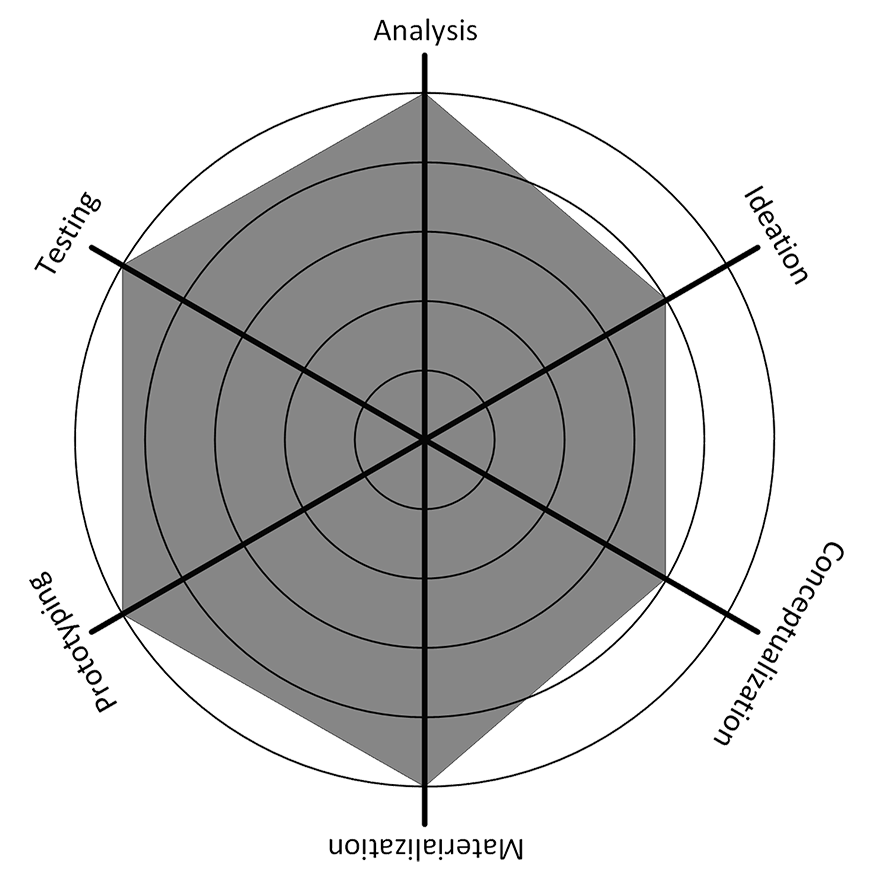
A lot of recreational garbage is left by the visitors on the beaches (plastic packaging, bottles, soda-cans fordable chairs etc.). In order to make the experience of the beach visitors as pleasant as possible, most of the beaches are cleaned multiple times a week. This clean-up is executed by use of so-called beach cleaners. Beach cleaners are tractor pulled screening machines that collect garbage from the beach. Although thorough, the machines fail to effectively take in the smaller garbage. The amount of glass/plastic pieces, bottle caps and cigarette buts on the beach is therefore increasing slowly but steadily. A side effect of the cleaning process is that the beach cleaners take in large quantities of shells.
In collaboration with the The Hague municipality in the Netherlands DIDID developed a new approach to beach cleaning, which is more economical and more sustainable. During mechanical cleaning a large part of the collected garbage actually consists of sea shells (Research shows up to 60% of sea shell collection at the The Hague beaches). Not collecting the sea shells would result in significant smaller amount of garbage to dispose, leading to economical profit. Next to that the sea shells have an important role in protecting the beach from erosion. Leaving the shells on the beach leads to a sustainable profit as well.
The new technique we have developed combines the current mechanical cleaning methods to collect the garbage (Raking and screening) added with an additional developed separation system. This additional separation system separates the garbage into large fraction, small heavy fraction (glass, metal, etc.), small light fraction (cigarette butts, candy wrappers, etc.) and a separate fraction of sea shells.

